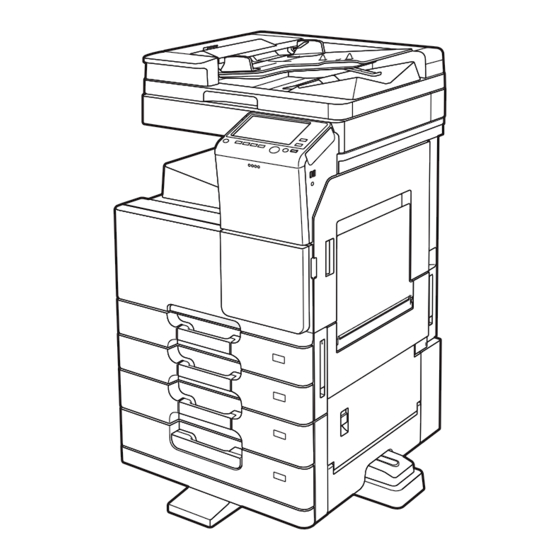
Sindoh D310 Series Manuals
Manuals and User Guides for Sindoh D310 Series. We have 4 Sindoh D310 Series manuals available for free PDF download: User Manual, Quick Installation Manual
Sindoh D310 Series User Manual (324 pages)
Brand: Sindoh
|
Category: All in One Printer
|
Size: 4 MB
Table of Contents
-
-
Main Menu29
-
-
[Job]31
-
[Box]31
-
[Customize]34
-
-
-
Overview48
-
-
-
-
-
Overview83
-
Enabling LPD83
-
-
-
-
-
-
Overview121
-
-
-
-
-
-
-
-
Advertisement
Sindoh D310 Series User Manual (70 pages)
Brand: Sindoh
|
Category: All in One Printer
|
Size: 10 MB
Table of Contents
Advertisement
Sindoh D310 Series User Manual (8 pages)
Brand: Sindoh
|
Category: All in One Printer
|
Size: 0 MB
Table of Contents
Advertisement



